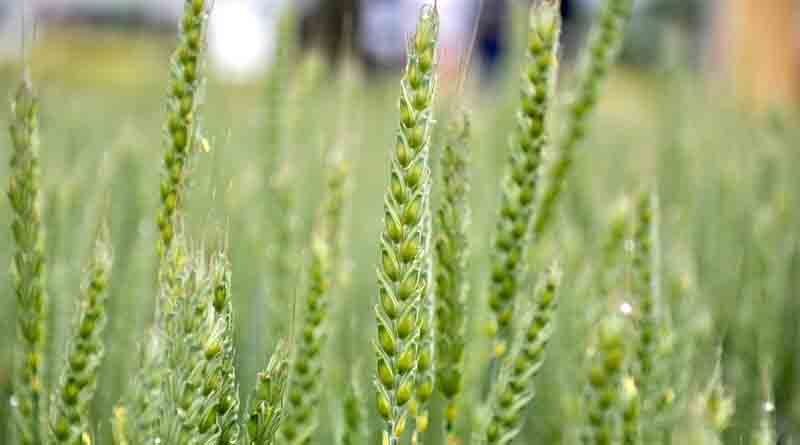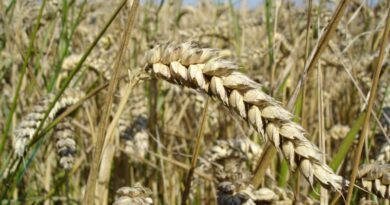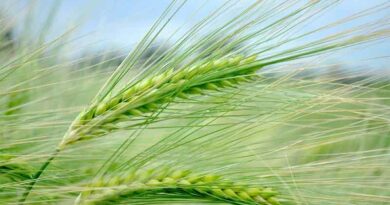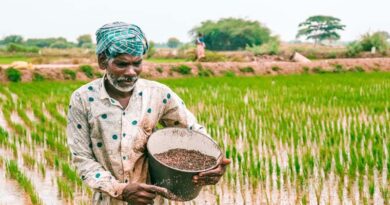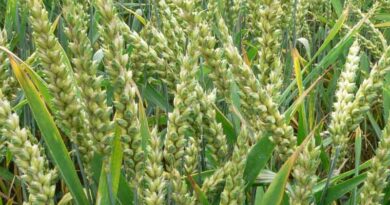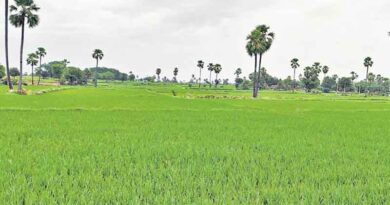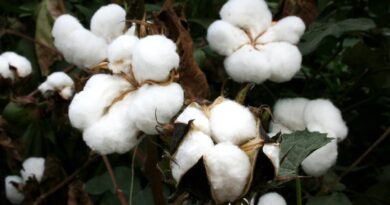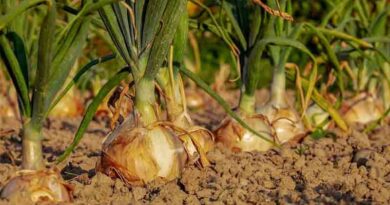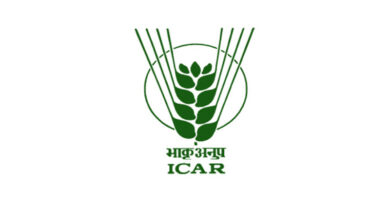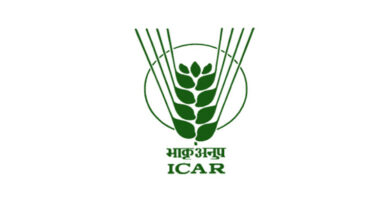Massive increase in area under Rabi Crops
10 December 2022, New Delh: Ensuring the supply of quality seeds, inputs, credit availability, and crop insurance has resulted in a large increase in the area under rabi crops this year.
Monitoring of rabi crops sowing revealed that as of 09-12-2022, the area sown under rabi crops has increased from 457.80 to 526.27 lakh hectares. This difference of 68.47 lakh hectares is 15% more this year compared to the corresponding period 2021-22. The increase in area is across all crops; the maximum being in wheat. Out of 68.47 lakh hectares increase in all rabi crops, the increase in wheat area is 51.85 lakh hectares from 203.91 to 255.76 lakh hectares.
Jump in the area under Oilseeds
The next highest increase in the area during rabi is in oilseeds. The area under its cultivation increased by 7.55 lakh hectares from 87.65 lakh hectares during 2021-22 to 95.19 lakh hectares this year. The government’s focus is on oilseeds to reduce import dependency on edible oils. Out of 7.55 lakh hectares increase in area under oilseeds, rapeseed & mustard alone accounted for 7.17 lakh hectares. This is due to Special Mustard Mission being implemented for the last 2 years when the area under rapeseed & mustard increased by 17% from 68.56 in 2019-20 to 80.58 lakh ha in 2021-22. During Rabi 2022-23. 26.50 lakh Seed Minikits of HYV having yield potential of more than 20 quintals per hectare were distributed to the farmers in 301 districts of 18 States under the National Food Security Mission- Oilseeds.
Update on Pulses
The area under pulses increased by 3.30 lakh hectares from 123.77 to 127.07 lakh hectares. Gram alone accounted for a 2.14 lakh hectares increase out of 3.30 lakh hectares for all pulses. A special program under National Food Security Mission nicknamed NFSM ‘TMU370’ was launched with aim of increasing the productivity of districts having less than state average yields of pulses due to lack of good seed and technological interventions. Based on crop spread and productivity in the districts, 370 districts were focused on the cultivation of tur, masoor, and urad (TMU). Seed mini kits of HYVs to the tune of 19.99 lakh quintals during Kharif and 4.54 lakh quintals during the rabi season were distributed to farmers.
International Year of Millets
Coarse cum Nutri-cereals saw a jump of 4.34 lakh hectares in the area under their cultivation. This year’s coverage to date is 36.39 lakh hectares compared to 32.05 lakh hectares in 2021-22. This augurs well as United Nations adopted a resolution declaring 2023 the International Year of Millets, as proposed by India to the Food and Agriculture Organization (FAO). India is at the forefront of celebrating the IYoM in a big way. The higher production of millets will meet the escalated demands for these nutritive grains due to the celebration of IYoM
‘Government emphasis is on increasing productivity of all crops and for this, seed mini kits of HYVs are given free of cost to farmers along with technical support and critical inputs. The increased area coupled with higher productivity will achieve a new milestone in foodgrain production in the country.
Also Read: World Soil Day 2022: FAO publishes first global report on black soils
(For Latest Agriculture News & Updates, follow Krishak Jagat on Google News)

